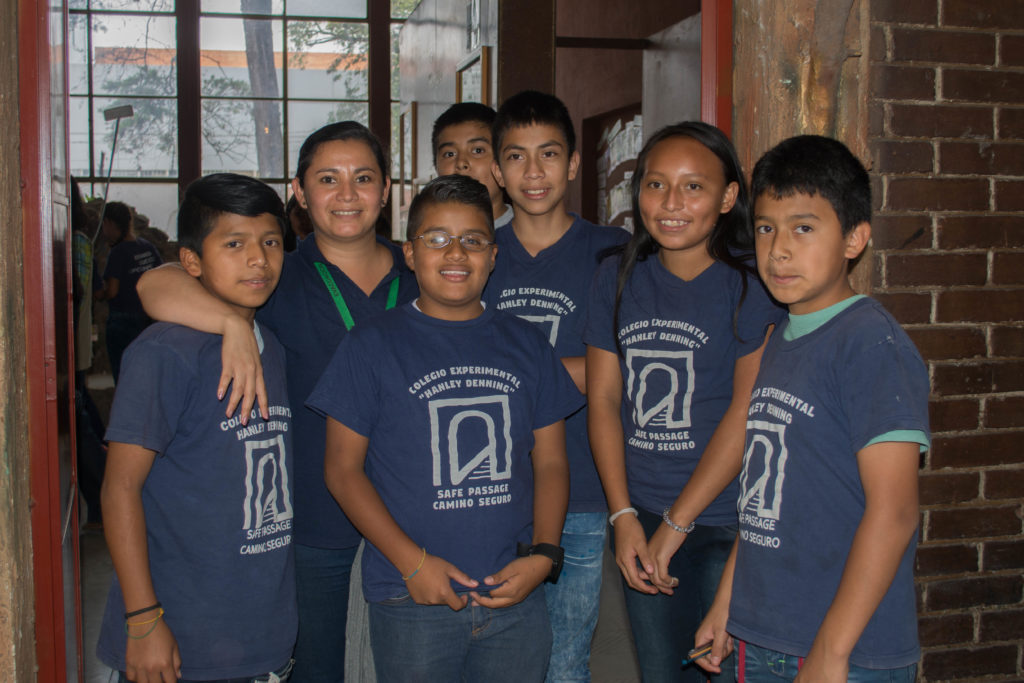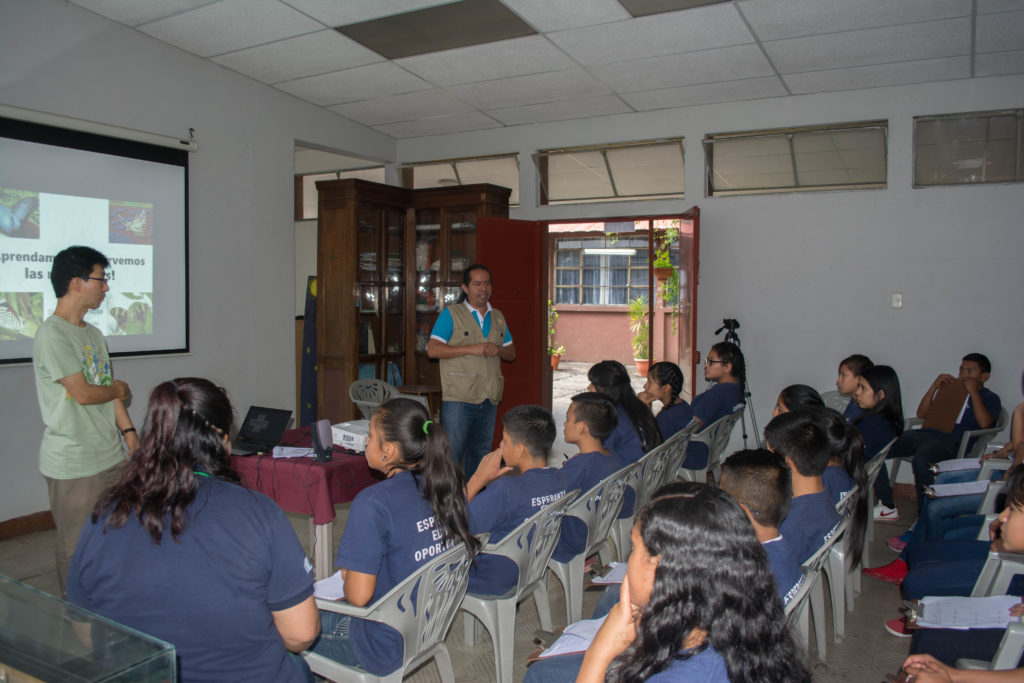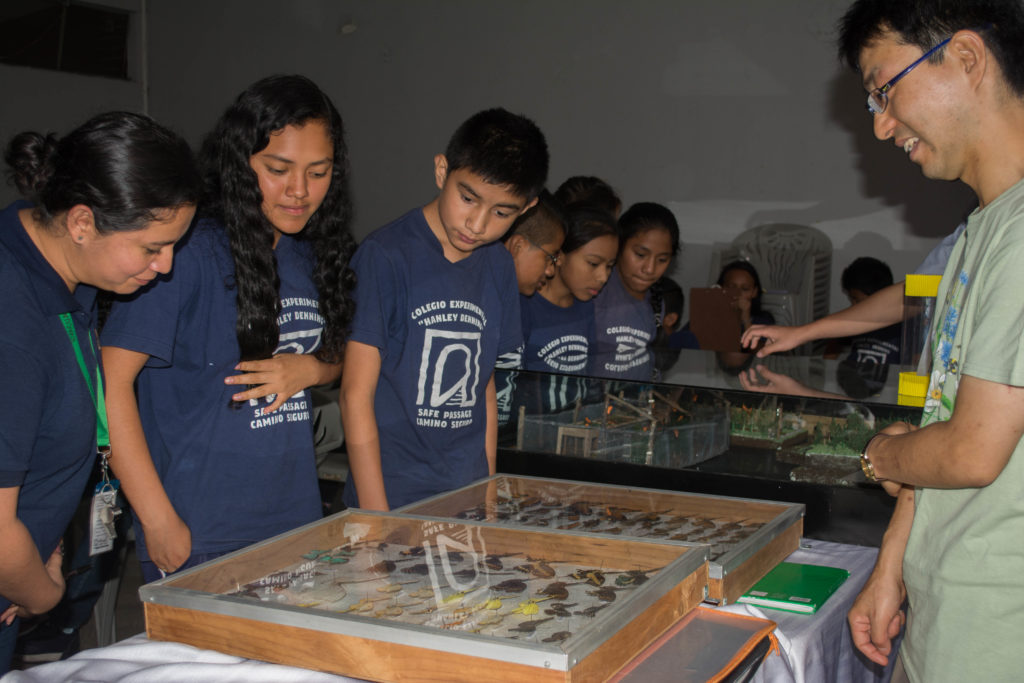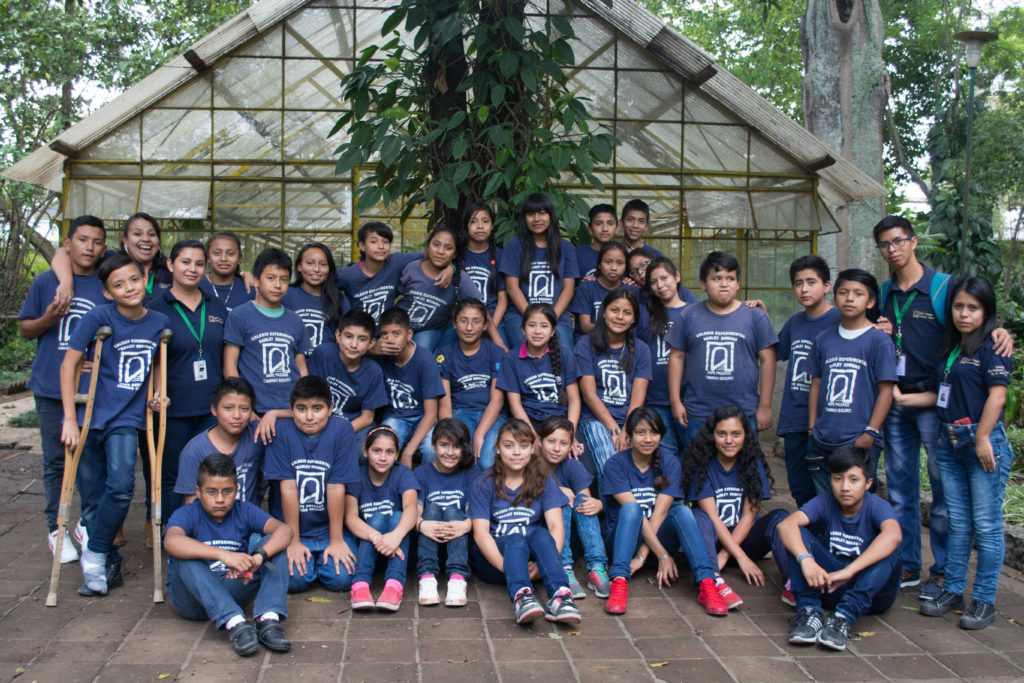Expeditionary Learning in Action: Our trip to the Natural History Museum
8:00 a.m.
Our 6th graders wait excitedly inside the school, going over final details with their teachers. Today they’ll be visiting the Natural History Museum in Guatemala City as part of an expedition called Environmental Protagonists (Progatonistas Ambientales). This expedition teaches students about various aspects of the environment through the completion of a “green” project.

At our Expeditionary Learning (EL) school, an “expedition” is a unit of study that incorporates multiple academic subjects into an overarching theme. Our teachers carefully choose expeditions that are relevant to the community and to the students, then incorporate activities both in and out of the classroom to create an engaging learning environment for the students.
Today our students are heading out of the classroom to put their knowledge into action.
8:30 a.m.
The students pile onto the bus to head to the Museum. On the way, they have a few tasks to complete with their teachers. Their social studies teacher, Paola, points out and explains historical landmarks en route to the Museum, each student keeping a log of the sights they see and key information about each one. Their math teacher, Jonatan, challenges them to measure the distance from the starting point to the end point of their journey to the Museum. These projects help the students see how they can apply their knowledge to the real world.
9:30 a.m.
The students arrive at the Natural History Museum. Their main goal for the day is to learn as much as they can about butterflies, including what their habitat is like, and how to create a butterfly garden.
The students listen to a presentation by a butterfly expert at the Museum, who explains the different types of butterflies that exist, what they eat, how long they live, and much more. The students explore the historical butterfly exhibits in the museum and take a tour of the on-site botanical garden. Along the way, the students ask many questions, knowing their job is to learn as much as they can.

This active research at the museum and botanical garden is a critical component of Expeditionary Learning. In EL, students take the lead in their own learning and learn by doing.
At one point, a group of older students approaches our students and shares their experience of creating a butterfly garden at their school. Our students are fascinated and even more excited to create their own butterfly habitat at Safe Passage. Speaking with these students gives our students the chance to practice communicating with peers outside their immediate community, building crucial social skills that will help them become productive members of society in the future.

12:30 p.m.
The students pile back on the bus, exhausted but excited about all they’ve learned. As the Environmental Protagonist expedition continues over the next few weeks, the students will be learning everything they need to know to start their own butterfly garden at their school. The expedition will culminate in the creation of this garden, which the students will then present to their peers and all the teachers at Safe Passage.

This interactive learning style is made possible by the generous support of people like you! Thank you for providing our students with a vibrant, engaging learning environment!
